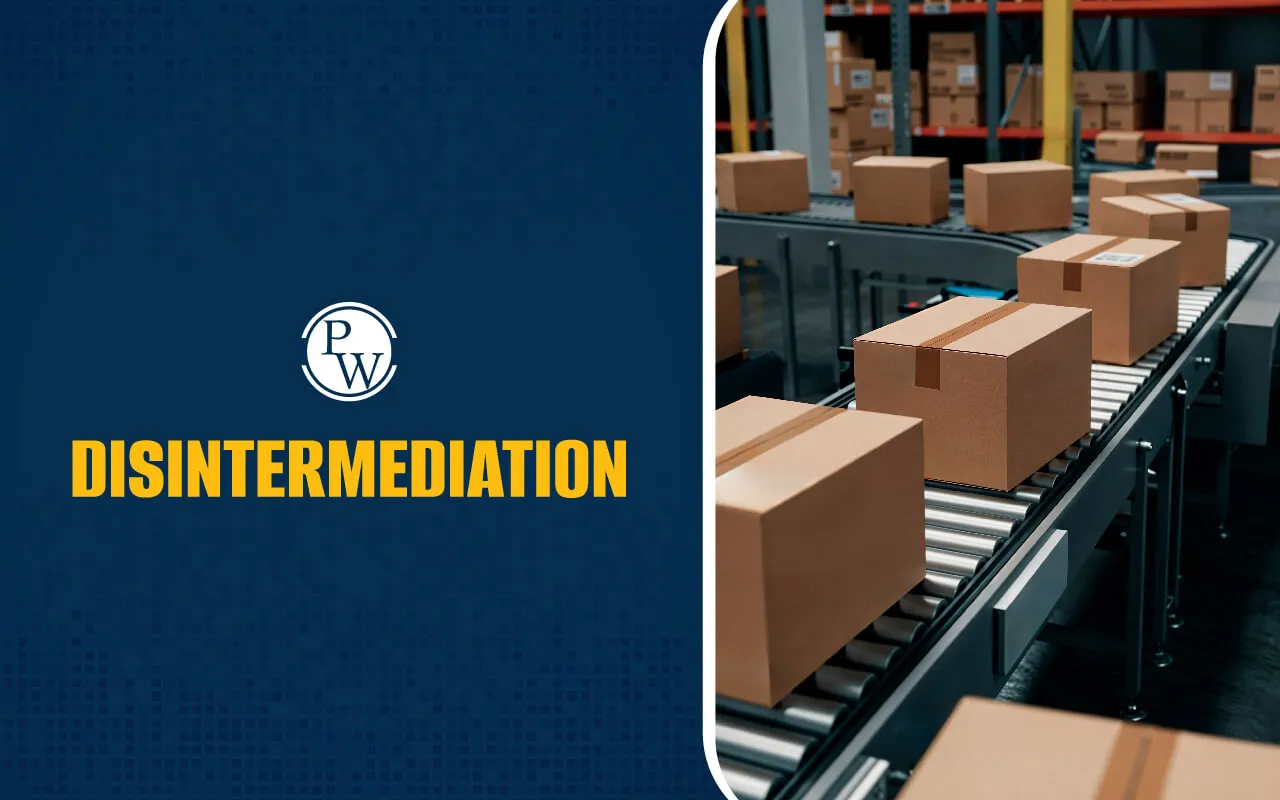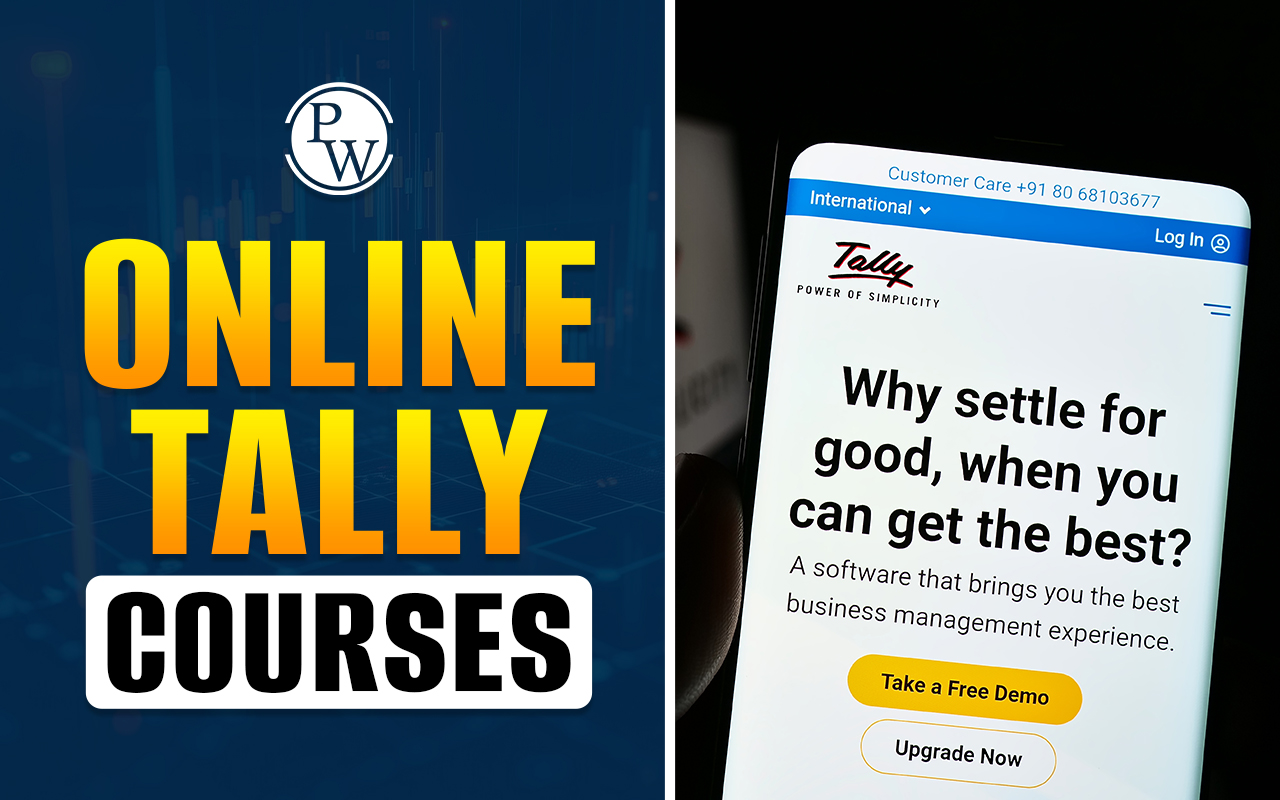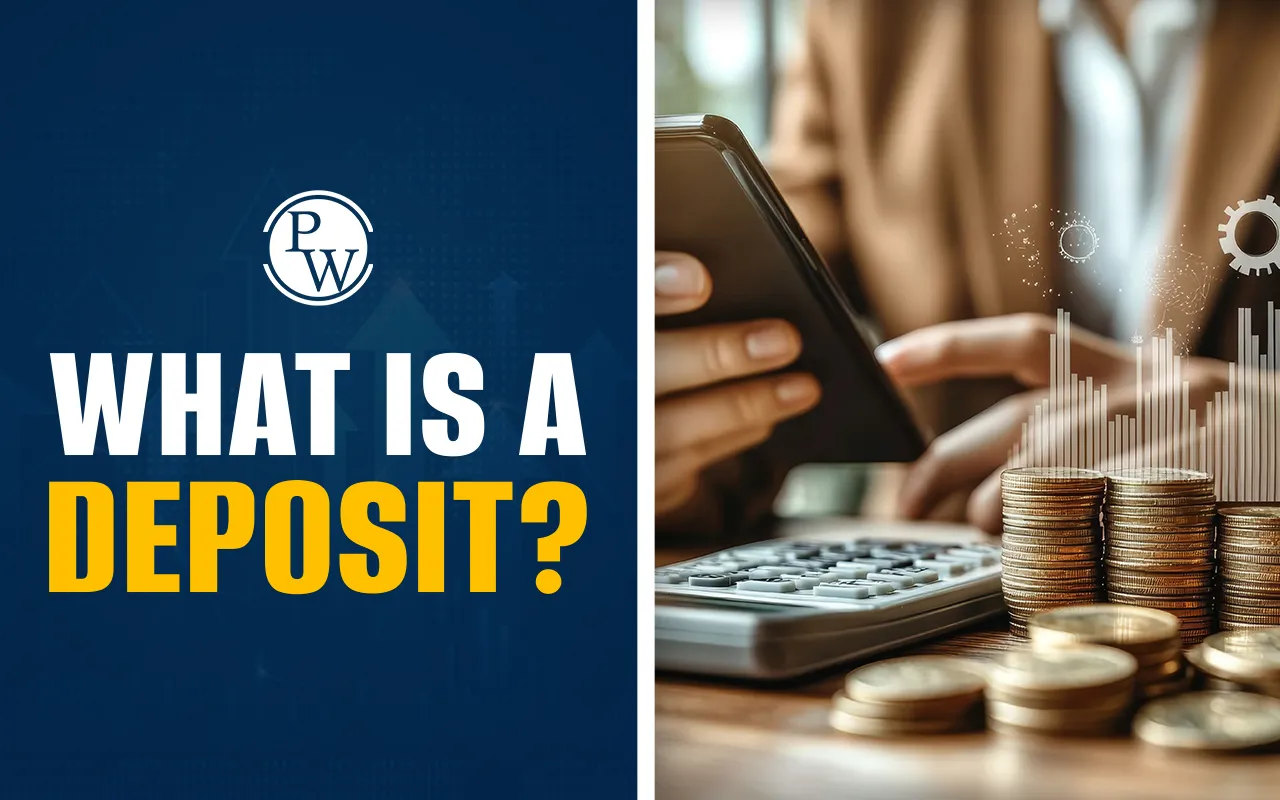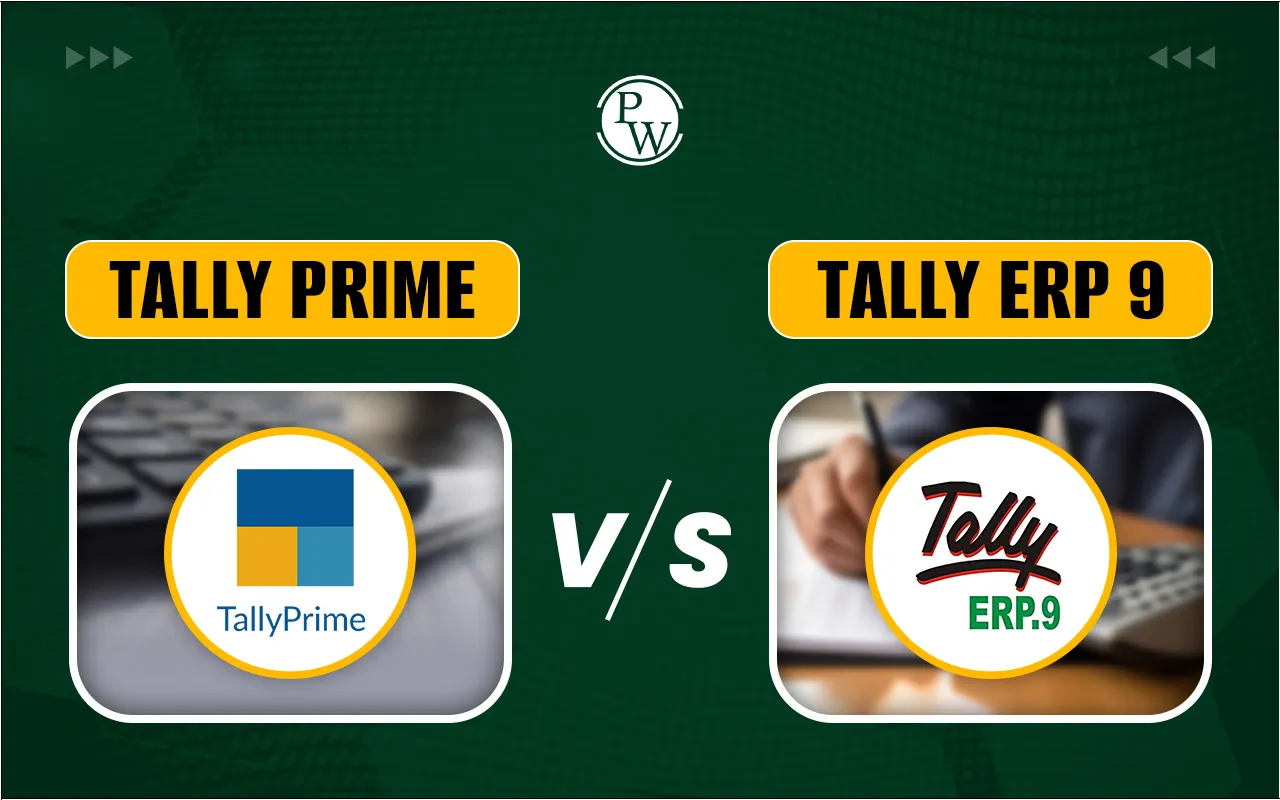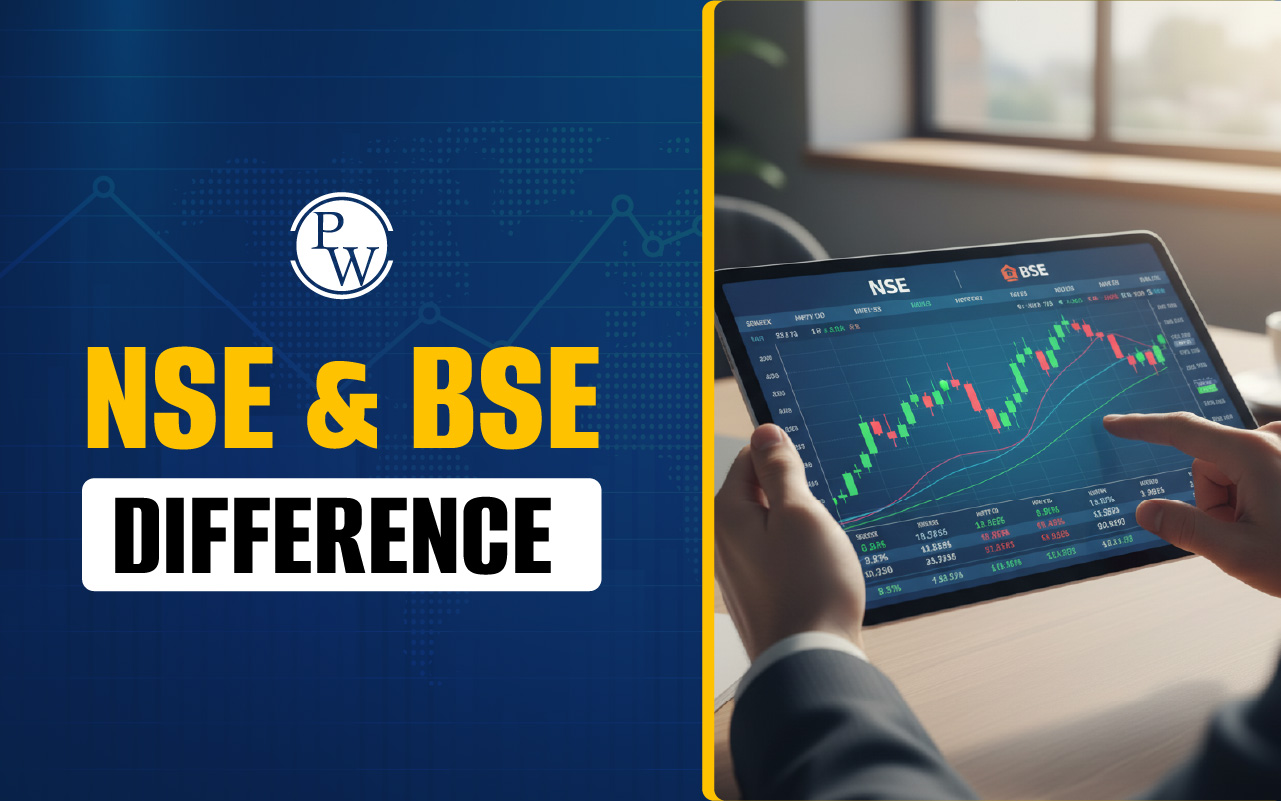
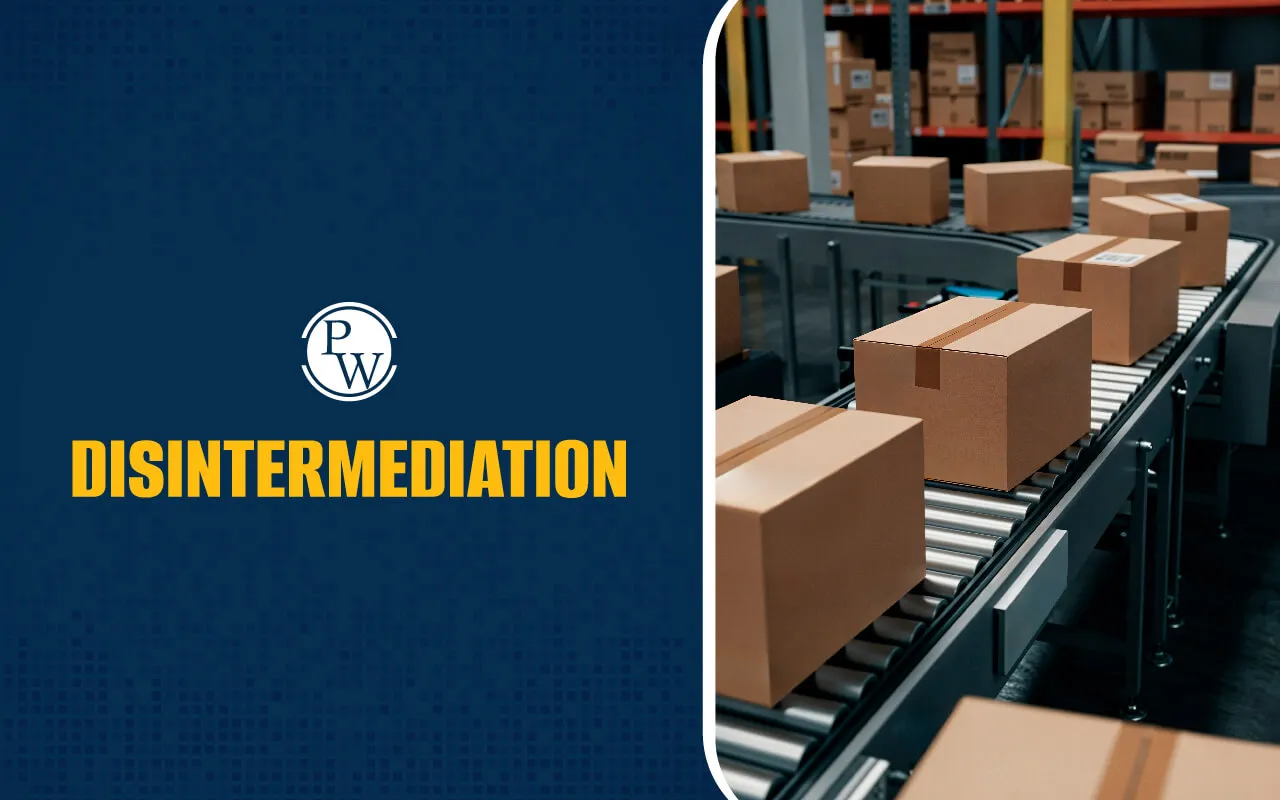
In an increasingly connected world, the traditional links between producers and consumers are undergoing a profound transformation. At the heart of this shift lies a powerful economic and technological phenomenon known as disintermediation. This process, often driven by innovation and consumer demand, involves the removal of intermediaries – the "middlemen" – from supply chains and distribution channels, allowing for direct interaction between creators and their audiences or service providers and their clients.
Understanding what is disintermediation is crucial for anyone navigating the modern business landscape. It’s not merely a buzzword but a fundamental force reshaping industries from finance and retail to travel and media. This article will delve deep into the concept of disintermediation, explore its primary drivers, provide diverse disintermediation examples across various sectors, and examine its myriad benefits and inherent challenges.
What is Disintermediation? A Deeper Dive
At its core, disintermediation refers to the elimination of an intermediary or multiple layers of intermediaries in a transaction or supply chain. Historically, intermediaries like wholesalers, retailers, brokers, travel agents, or even traditional banks played vital roles. They facilitated transactions, provided market access, reduced information asymmetry, and offered specialized services. However, with technological advancements and evolving consumer preferences, the necessity of these intermediaries has, in many cases, diminished.
The primary goal of disintermediation is often to achieve greater efficiency, reduce costs, increase transparency, and foster a more direct relationship between the producer/service provider and the end-user.
By cutting out the middleman, companies can potentially capture a larger share of the profit margin, gain direct access to customer data, and offer more competitive pricing or personalized experiences. For consumers, it can mean lower prices, faster access to goods and services, and a more direct line of communication with the source.
Also Check: How To Change Career To Accounting?
The Driving Forces Behind Disintermediation
This phenomenon is not entirely new; farmers' markets, where consumers buy produce directly from growers, are an ancient form of disintermediation. However, the scale and speed at which disintermediation is occurring today are unprecedented, largely due to the pervasive influence of the internet and digital platforms.
Several key factors have accelerated the trend of disintermediation in recent decades:
Technological Advancements
The internet is arguably the most significant enabler. E-commerce platforms, mobile apps, social media, and digital payment systems have made it easier for businesses to connect directly with consumers globally, bypassing traditional retail channels. Technologies like blockchain also promise to enable more secure, transparent, and direct peer-to-peer transactions.
Increased Consumer Sophistication and Demand
Modern consumers are more informed and empowered. They seek convenience, competitive pricing, customization, and transparency. With readily available information online, they can research products, compare prices, and make purchasing decisions without needing an intermediary to guide them.
Cost Reduction and Efficiency
For businesses, eliminating intermediaries can lead to substantial cost savings on commissions, distribution fees, and overheads associated with complex supply chains. This allows them to either increase their profit margins or pass savings on to consumers, gaining a competitive edge.
Data and Customer Relationship Management
Direct engagement with customers provides invaluable data. Businesses can collect insights into purchasing habits, preferences, and feedback, enabling them to tailor products, services, and marketing strategies more effectively. This direct relationship also fosters stronger brand loyalty.
Globalization and Market Access
Digital platforms allow even small businesses to reach a global audience, circumventing the need for local distributors or physical storefronts in new markets.
Disintermediation Examples: Across Industries
The impact of disintermediation can be observed in nearly every sector of the economy. Here are some prominent disintermediation examples:
Financial Services
The finance industry has experienced significant disintermediation, particularly with the rise of digital technologies.
-
Online Banking & Robo-Advisors: Traditional banks, which historically acted as intermediaries between savers and borrowers (depositing money and then lending it out), now face competition from direct online banks that operate with lower overheads. Similarly, robo-advisors offer automated, algorithm-driven financial advice and portfolio management directly to investors, bypassing traditional human financial advisors and their associated fees.
-
Peer-to-Peer (P2P) Lending & Crowdfunding: Platforms like LendingClub or Prosper allow individuals to lend money directly to other individuals or businesses, bypassing traditional banks as intermediaries. Crowdfunding platforms enable businesses or projects to raise capital directly from a large number of small investors, circumventing venture capitalists or angel investors.
-
Cryptocurrency: Digital currencies like Bitcoin aim to disintermediate traditional financial institutions by allowing peer-to-peer transactions without the need for banks or payment processors. While exchanges exist, the underlying technology facilitates direct value transfer.
Retail & E-commerce (Direct-to-Consumer - D2C)
Perhaps one of the most visible forms of disintermediation is the proliferation of direct-to-consumer (D2C) brands.
- Brand Websites: Companies like Warby Parker (eyewear), Casper (mattresses), and Dollar Shave Club (razors) built their businesses by selling their products directly to consumers online, completely bypassing traditional retail stores, wholesalers, and distributors. This allows them to control the entire customer experience, from manufacturing to delivery and customer service.
-
Artisan & Craft Markets: Platforms like Etsy allow independent artists and craftspeople to sell their handmade goods directly to consumers worldwide, bypassing traditional galleries or craft fairs.
Travel Industry
The travel sector saw early and significant disintermediation.
-
Direct Airline and Hotel Bookings: Before the internet, booking a flight or hotel often required a travel agent. Today, the vast majority of consumers book directly through airline or hotel websites. While online travel agencies (OTAs) like Expedia and Booking.com emerged, they represent a form of reintermediation by aggregating choices, but the initial shift from human agents to direct online booking was a prime example of disintermediation.
Media & Entertainment
The digital age has profoundly disrupted traditional media intermediaries.
-
Streaming Services: Companies like Netflix, Spotify, and Disney+ allow consumers to access vast libraries of content directly, bypassing traditional cable television providers, DVD rental stores, or physical music retailers.
-
Independent Content Creators: Platforms like YouTube, Twitch, and Patreon enable content creators (musicians, filmmakers, vloggers, writers) to publish and monetize their work directly to their audience, often bypassing traditional record labels, movie studios, or publishers.
Education
Online Learning Platforms: Websites like Coursera, edX, and Khan Academy offer courses and degrees directly to students globally, bypassing traditional university admissions processes for specific programs or providing supplemental learning outside conventional institutions.
Real Estate
For-Sale-By-Owner (FSBO) Platforms: websites that allow homeowners to list their properties directly for sale to buyers, potentially cutting out or reducing the fees paid to real estate agents.
Also Check: Top Tax Preparer Interview Questions 2025
The Advantages of Disintermediation
The widespread adoption of disintermediation is driven by compelling benefits for both businesses and consumers:
-
Reduced Costs: Lower overheads for businesses (no commissions, fewer logistical steps) can translate into lower prices for consumers.
-
Increased Efficiency and Speed: Fewer steps in the transaction process mean faster delivery of goods and services.
-
Greater Transparency and Control: Consumers have clearer visibility into pricing and product origins, while businesses have more control over branding and customer experience.
-
Enhanced Customer Relationships: Direct interaction allows businesses to build stronger relationships with their customer base, fostering loyalty and gathering valuable feedback.
-
Customization and Personalization: Direct data access enables businesses to offer tailored products, services, and marketing messages.
-
Market Access: Smaller businesses and individual creators can reach a global audience without needing large distribution networks.
The Challenges and Risks of Disintermediation
While beneficial, disintermediation also presents certain challenges:
-
Increased Responsibility for Consumers: Without an intermediary, consumers might have to shoulder more responsibility for research, logistics, customer service, and conflict resolution.
-
Trust and Security Concerns: Ensuring trust in direct transactions can be harder without the established reputation or regulatory oversight of an intermediary.
-
Loss of Expertise and Value-Added Services: Intermediaries often provide valuable services like curation, quality control, expert advice, or risk mitigation, which are lost in direct transactions.
-
Market Saturation and Competition: For businesses, direct selling means competing in a potentially saturated online market without the protective buffer of an exclusive distributor.
-
Reintermediation: As direct models become complex, new types of intermediaries (reintermediators) often emerge to solve new problems (e.g., aggregators, review sites, niche platforms that curate direct sellers). This shows that while old intermediaries might disappear, the need for new forms of facilitation can arise.
The Future of Disintermediation
Disintermediation is an ongoing process, continually shaped by technological innovation and market dynamics. We can expect to see its continued growth, particularly with advancements in artificial intelligence, blockchain, and enhanced data analytics. However, it's also clear that not all intermediaries will disappear. The future will likely involve a dynamic balance, with some traditional intermediaries being replaced, others evolving to offer new value-added services, and new forms of intermediaries emerging to solve the complexities of direct-to-consumer models. Businesses that thrive will be those that constantly evaluate their value proposition, adapt to changing consumer expectations, and strategically leverage technology to either disintermediate or become indispensable intermediaries themselves.
Disintermediation represents a powerful and often disruptive force in the global economy, fundamentally altering how goods and services are created, distributed, and consumed. From financial markets to retail and entertainment, its impact is undeniable, empowering consumers with greater choice and lower costs, while offering businesses unprecedented control and direct access to their markets. As technology continues to evolve, the trend of disintermediation will likely continue to reshape industries, challenging traditional business models and fostering innovation in ways that are both exciting and transformative.
Build Your Career with Professional Finance Certification Program (PFCP)
The course is Professional Finance Certification Program (PFCP), designed to provide a strong foundation in modern finance. Whether you're from a commerce, science, or non-finance background, this program will help you understand real-world financial concepts. Whether you're from commerce, science, or any other background, this course will help you understand how finance works in real life.
Disintermediation FAQs
What is the primary benefit of disintermediation for consumers?
Can disintermediation be reversed or lead to new intermediaries?
Is disintermediation always a good thing for businesses and consumers?
How does technology primarily drive disintermediation?

